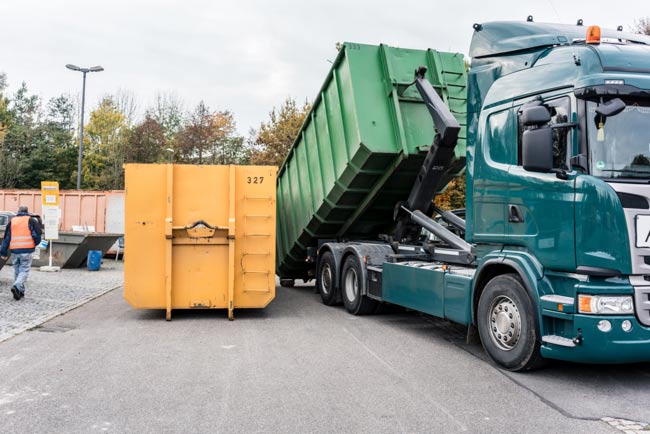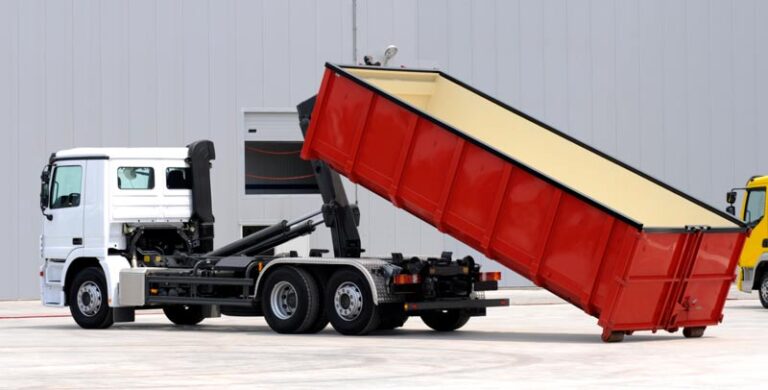Euro 7 is the seventh and final level of environmental standards, first introduced by the European Commission over 30 years ago. Introduced to limit emissions on all new vehicles these regulations have become increasingly strict with each level.
As you might expect, Euro 7 is the strictest standard yet, doubling down on the emission limits announced under Euro VI and Euro VI-E, to ready the light and heavy-duty vehicle sectors for zero greenhouse gas emissions from 2050. You can read our article on Euro VI-E here.
Let’s look at what the introduction of the Euro 7 emissions standard will mean for the HGV sector.
Euro VI-E vs Euro 7– the key differences
When Euro 7 was first publicised, it contained far stricter measures than have actually been announced.
This will be welcome news to manufacturers and fleet operators alike, with predicted improvements from Euro-VI alone already expected to deliver an 80% reduction in emissions of nitrous oxide (NOx) by 2035 via the renewal of older fleet vehicles.
But what are the key differences between Euro VI-E and Euro 7?
A simplified framework
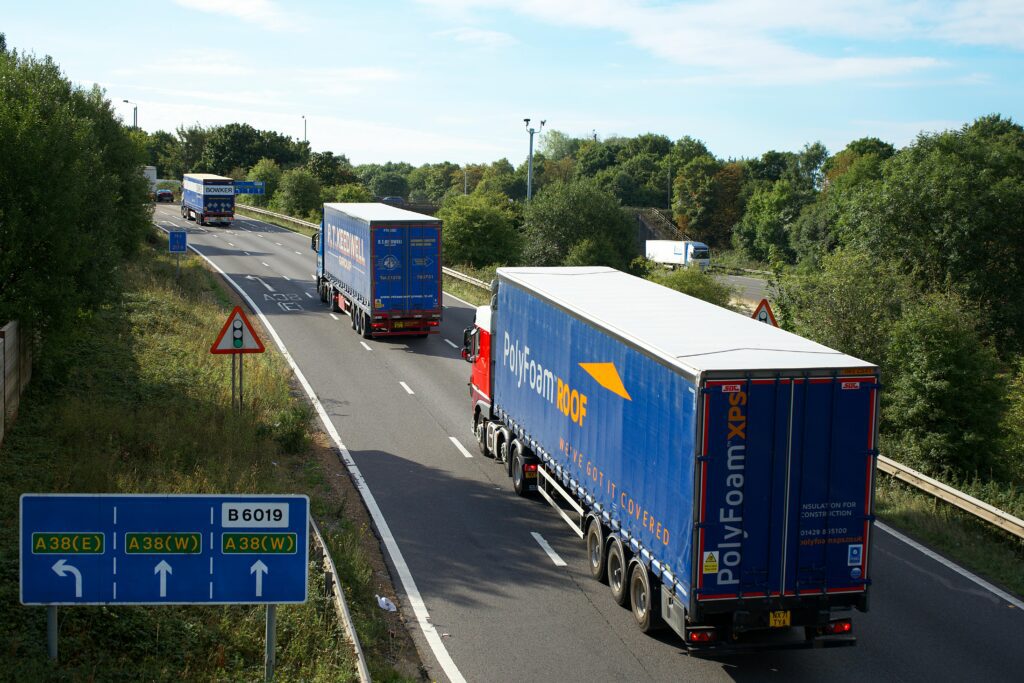
Euro 7 is the first emissions standard to introduce the same regulations for light- and heavy-duty vehicles. Euro-VI-E contained different emission standards for light- and heavy-duty vehicles.
The European Commission decided to simplify the framework for delivering emissions standards and therefore all vehicles, regardless of engine type must all meet the same regulations under Euro 7.
The introduction of non-exhaust emissions
One of the most significant changes to Euro 7 is that it includes standards for non-exhaust emissions (brake dust and tyre particles) for the first time.
This means that all vehicles, including electric vehicles and those powered by biofuels will also have to comply with the Euro 7 emissions standards.
Technical Insight — Non-Exhaust Emissions
Under Euro 7, brake particulate matter (PM) is measured in mg/km using new regenerative braking and dust-capture standards. Waste fleets — with high axle loads and frequent stop–start braking — will experience the highest scrutiny under these thresholds.
Longer period of compliance
Euro 7 will double the period of compliance to 10 years or 875,000km (544,000 miles) for the largest HGVs. The period of compliance under Euro VI-E was 5 years.
This means that manufacturers and fleet operators will need to monitor emissions levels for a far longer period of time to ensure that vehicles remain compliant.
More realistic testing conditions
Under Euro 7 testing will be carried out under more realistic driving conditions and a broader range of scenarios; for example, pollutant levels will be measured on short trips when the engine is cold and in temperatures up to 45 degrees centigrade.
Battery testing for electric and hybrid vehicles
Euro 7 sees the introduction of Electric and hybrid vehicle battery testing and will expect 80% after 60,000 miles or 5 years and 72% after 100,000 miles or 8 years.
This new requirement of vehicle testing, along with the introduction of non-exhaust emissions means that all new vehicles, regardless of engine type, will be expected to comply with the Euro 7 emissions standards. Previously, electric and hybrid vehicles were exempt from the Euro 7 emissions standard regulations.
Technical Insight — Battery Degradation
Hybrid and electric refuse trucks must maintain:
• 80% state-of-health at 60,000 miles (100,000 km)
• 72% at 100,000 miles (160,000 km)
Battery testing is now part of Euro 7 type-approval, directly influencing warranties
and long-term servicing agreements.
What does Euro 7 mean for HGV manufacturers?
The industry has witnessed significant environmental improvements since the introduction of Euro VI and Euro VI-E.
“Between 2014 and 2020, Euro VI standards delivered a cut in the NOx emissions of 36% from the EU heavy-duty vehicle fleet. In the same timeframe, total emissions of particles were cut by 14% from the heavy-duty fleet”
(Source: ACEA, the industry body representing Europe’s vehicle manufacturers, including truck builders)
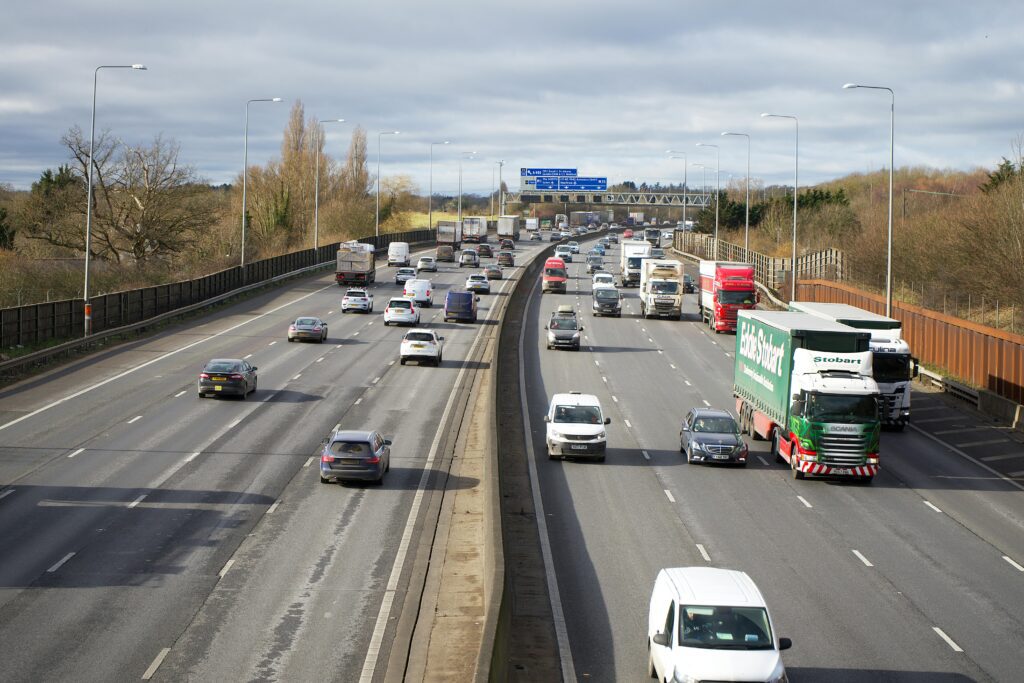
The introduction of the new Euro 7 standards will mean that manufacturers are expected to continue to modify existing engines and fine-tune them to ensure that they remain compliant.
It is likely that the regulations will require engines to be fitted with sensors to detect emission levels, the cost of which will be passed on from HGV manufacturers to customers.
But Euro 7 is about more than just engine emissions.
What does Euro 7 mean specifically for waste-sector fleets?
Waste-sector vehicles operate very differently from long-haul trucks, and Euro 7 accounts for this by tightening real-world testing. In practice, waste operators can expect the following impacts:
- More tyre and brake wear scrutiny
Waste fleets do short, stop–start urban routes with heavy loads — exactly the conditions that produce the most brake dust and tyre abrasion. Euro 7 testing is designed around these real-world scenarios, so operators are likely to see:- low-abrasion tyre compounds becoming standard
- higher tyre costs
- more frequent tyre checks to stay compliant
- Greater focus on cold-start and short-trip emissions
Waste trucks often make dozens of cold-starts a day, which historically created small spikes in NOx. Under Euro 7, these are now explicitly measured. - More sensors and telematics around emissions
Expect trucks to arrive with:- brake dust sensors
- tyre wear monitoring
- extended on-board diagnostics (OBD)
- more dashboard warnings for emission-related issues
- Slight increases in vehicle cost and weight
Braking systems, tyres, sensors and battery longevity systems will all increase manufacturing costs. Exact numbers vary by manufacturer, but fleet buyers should expect a noticeable uplift compared to Euro VI trucks.
Technical Insight — Durability Requirements
Euro 7 doubles the emissions durability requirement to 10 years or 875,000 km. For waste-sector HGVs, this means emission control systems must operate consistently for the full expected life of the vehicle — significantly longer than under Euro VI.
What other emissions standards will be included in Euro 7?
For the first time, this worldwide emissions standard will also introduce additional limits for particulate emissions from braking systems as well as microplastic emissions from tyres.
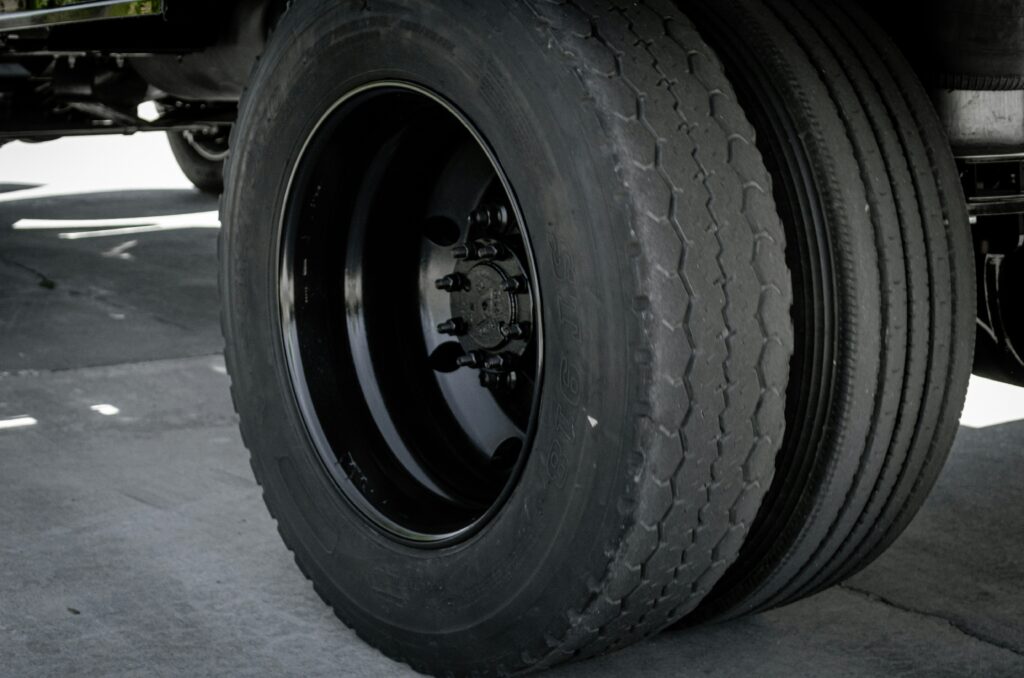
Wear and tear of these vehicle components will be subject to strict rules to all vehicles, including electric.
This has implications for manufacturers of vehicle components – not just the vehicle manufacturers and introduces a shared responsibility for meeting the Euro 7 emissions standards.
For example, tyre manufacturers such as Continental Tyres will need to test and potentially modify the composition of their tyres to ensure that tyre-abrasion rates of their products meet Euro VII emissions standards.
In a recent article in Commercial Motor, Continental Tyres was quoted as saying:
“Continental fully supports the new emission requirements for tyres related to Euro 7/Reg 117 (sic). Euro 7 will limit the emissions stemming from tyre-abrasion…the tyre will undergo testing, as opposed to the vehicle, under Reg 117. Only those tyres with abrasion rates below the Euro 7 limits will receive type approval”
The associated product refinement and development will undoubtedly lead to an increased cost, which again will need to be passed on to the consumer.
Why is it called Euro 7 and not Euro VII?
Historically, there were two different sets of emissions standards for light- and heavy-duty vehicles.
The standards were referred to with either roman numerals or numbers to differentiate between the two categories. Light-duty vehicles used the number system and heavy-duty vehicles used roman numerals.
Euro 7 is the first emissions standard to apply to all vehicles, irrespective of their class or engine type. Therefore, the industry is using the term Euro 7 rather than the roman numeral version.
When does Euro 7 come into effect?
Euro 7 is being phased in gradually. For heavy-duty vehicles (including waste-sector HGVs), the key dates are:
- 2027–2028: Type approval testing for Euro 7 begins
- 2029: Full Euro 7 compliance for new heavy-duty vehicles
Operators should also note:
- Euro VI trucks will remain legal to operate for many years
There is no phase-out date for existing fleets. Waste operators who run 10–12 year life cycles can keep Euro VI trucks into the late 2030s with no issue. - Manufacturers may stop taking Euro VI orders early
Most OEMs tend to close the order books 12–18 months before a regulation change due to production backlogs.
Will there be any more updates to the emissions standards?
Euro 7 is the final transitional step towards greener driving before a final shift to clean transport by 2050 so we expect that Euro 7 will be the last set of European Commission vehicle standards.
How will Euro 7 affect operating and maintenance costs?
Euro 7 does not just influence how trucks are built; it influences how they’re maintained.
Tyres
- Low-abrasion compounds will become mandatory.
- These cost more and may need more frequent replacement on high-payload waste routes.
Braking systems
- More advanced discs and pads to reduce particulate emissions.
- Expect slightly higher component costs and possibly new maintenance intervals.
Sensors & Diagnostics
- More onboard emissions and wear monitoring = more components to maintain.
- Fleet managers should prepare for increased diagnostic work if thresholds are exceeded.
Fuel and AdBlue
Although the engine-side changes in Euro 7 are lighter than originally anticipated, tighter low-load emissions could slightly increase AdBlue consumption on certain models.
How will Euro 7 interact with UK regulations?
Although Euro 7 is an EU regulation, the UK has historically aligned with EU emissions standards because:
- manufacturers prefer to produce one standardised model
- it avoids fragmentation across UK and EU markets
- it maintains alignment with ULEZ/Clean Air Zone policy
The UK government has not signalled any intention to diverge from Euro 7 for HGVs.
Expect DVSA to adopt Euro 7 in a similar timeframe and incorporate the new brake/tyre particulate rules into future MOT and roadside testing procedures.
Frequently Asked Questions
Will Euro 7 make new HGVs more expensive?
Yes. Additional sensors, advanced brake materials, low-abrasion tyres and new testing protocols will increase manufacturing costs. Precise figures vary, but industry expectations sit in the £8,000–£15,000 per vehicle range.
Will my existing Euro VI trucks become non-compliant?
No. Euro VI trucks will remain fully legal to operate for many years. Euro 7 only applies to new vehicles sold from the implementation date.
Should fleet owners rush to buy Euro VI trucks now?
Not necessarily – but expect order books to tighten as OEMs prepare for Euro 7.
If your fleet is due renewal between 2027–2029, it may be worth bringing forward purchases.
How will Euro 7 affect tyre costs for waste fleets?
Tyres will need to meet abrasion limits.
Waste trucks with:
- heavy payloads
- frequent turning
- short urban cycles
will wear tyres faster, meaning low-abrasion compounds will cost more per unit but reduce particulate emissions.
Will Euro 7 force waste fleets towards hybrid or electric?
No – but it levels the playing field by applying rules to all powertrains. Manufacturers will still sell diesel HGVs into the 2030s.
Will Euro 7 vehicles be heavier?
Slightly. Additional sensors, brake systems and control units add incremental weight – usually under 80 kg – but may marginally reduce payload capacity on certain configurations.
How does Euro 7 affect ULEZ and Clean Air Zones?
As cities tighten local air quality regulations, Euro 7 vehicles will likely become the “gold standard” for exemption. Expect Euro 7 to be baked into future CAZ/ULEZ policy.
Will Euro 7 reduce downtime?
Potentially. Better onboard diagnostics and real-time emission monitoring should allow operators to catch issues earlier, reducing unexpected compliance failures.


